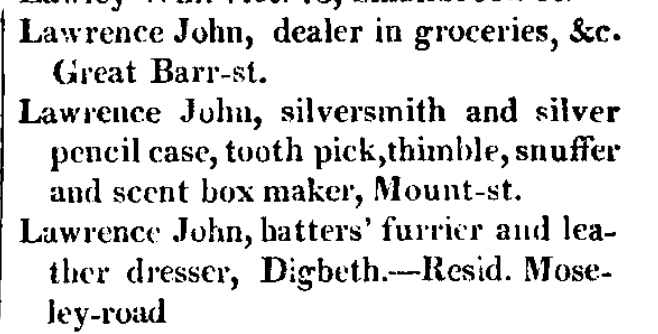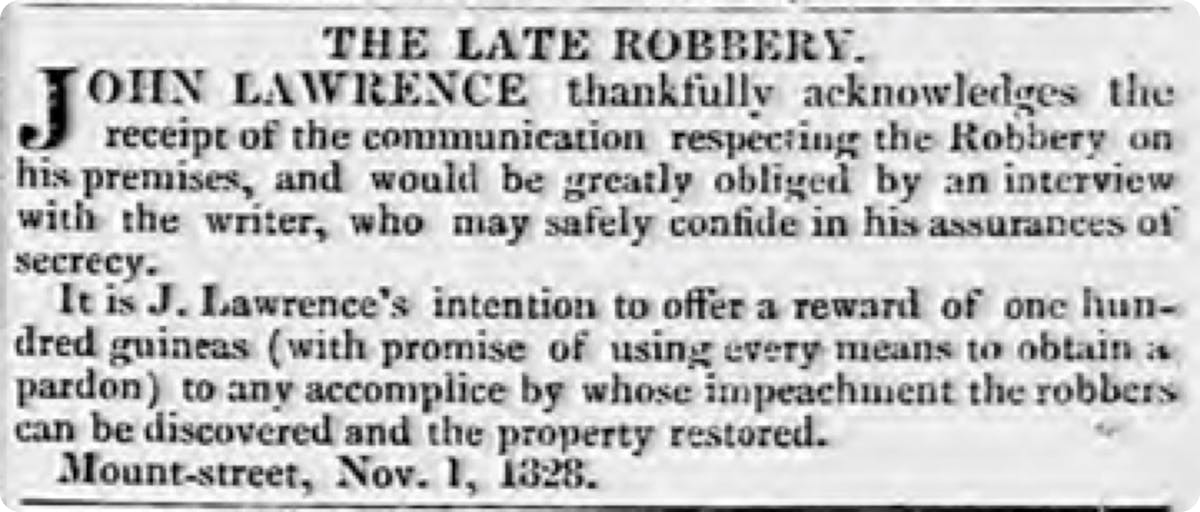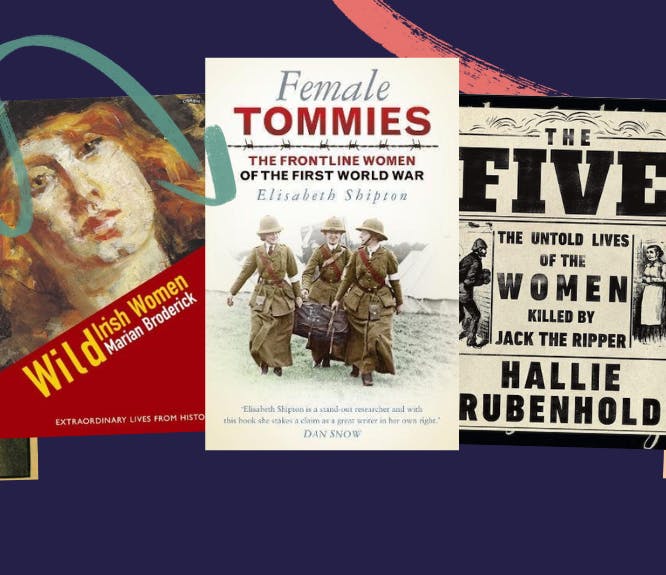Our expert's surprising genealogy discovery - and how to uncover crime stories and criminal ancestors within your family tree
3-4 minute read
By Jen Baldwin | June 7, 2024

Findmypast's Research Specialist Jen Baldwin shares one of her favourite family history discoveries. Using historical newspapers she uncovered a mysterious tale of crime within her own ancestry.
It seems my family history is worth its weight in...silver.
My third great-grandfather, John Horatio Lawrence, had always sparked my interest. I had read about him in written family histories that claimed he was born in Birmingham, England, the son of a middle-class silversmith. When I became interested in genealogy, I had a deep urge to discover more about this fabled character.
While the idea of tracing someone based solely on a location and an occupation seemed daunting, I knew that with the help of historical newspapers, city directories and other digitised historical records, much could be accomplished.

Search for stories in our newspapers and publications
Explore millions of digitised pages of newspapers and other publications from our British and Irish collections, dating as far back as the 1700s.
Whether as victims, perpetrators or witnesses, our ancestors were often no strangers to crime. A little digging into our family history may uncover surprising connections that you never expected...
Here's how I discovered a fascinating story from the life of my 4x great-grandfather - and how you can uncover similar finds within your own family tree.
Step 1: Verifying the family myth
The first task ahead of me was to determine if the family story was actually true. So, I set out to find a man with the surname of Lawrence working as a silversmith in Birmingham during the relevant period.

John Lawrence, a silversmith based in Mount Street, Birmingham, from Britain, Directories & Almanacs in 1830.
Success! After a simple name and keyword search, I found a gentleman, also called John, who had placed many ads in regional newspapers for his business. He can be found as early as 1815 in regional directories.
Step 2: Determining key life events
From here, the next logical step was to construct a timeline and life story for John Lawrence, the silversmith, using parish records, census entries, and additional resources.
As I scoured the newspapers, I noticed an interesting article in Aris’s Birmingham Gazette from 19 October 1828. It would appear John Lawrence’s shop was burgled during church services and several items were taken.

It would seem that someone, an accomplice perhaps, reached out directly to John Lawrence within a matter of days.
On 3 November, he placed the following notice in the paper:

John Fletcher was a jeweller and lived near the scene of the crime. He can also be identified in city directories. An 1829 listing notes him as a chaser, or engraver.
Step 3: Following the thread of the story
I was able to follow the course of Fletcher’s tumultuous experience through the next two years, using historical newspapers, criminal registers andcourt records from Findmypast’s exclusive Crime, Prison and Punishment, 1770-1935 collection.
He was ultimately sentenced to death but this was later reduced to transportation for 7 years. He was sent to Australia aboard the Argyle in 1831 - making him one of the over 162,000 British convicts transported to Australia between 1788 and 1868.

John Fletcher's transportation record
As I continued to investigate my original family story, I found additional evidence that indicates that John Lawrence, silversmith of Birmingham, is likely my 4x great-grandfather.
Either way, the fascinating stories I discovered along the way make his world all the more real. They prove that not one of our ancestors truly stands alone. Clearly, we must explore more than just their lives but their communities too.
Uncovering criminal ancestors
Like John Fletcher, who was found guilty of robbing my 4x great-grandfather John Lawrence's shop in the 19th century, many of our ancestors had their lives shaped by the criminal justice system.
Perhaps you have a criminal ancestor within your family tree that you didn't even know existed. Their name may appear within our criminal record collection, which includes detailed sentencing and court records, as well as historical prison records.
You may not find the details you're looking for in criminal registers, though. Diving into the world of historical newspapers online is the best way to find information that you won't get from traditional criminal records. To maximise your findings, be sure to use our 15 top tips forbrowsing the newspaper archive.
For even more expert ancestry advice, consult the Help Hub within our blog. From tracing unknown ancestors to filling in the gaps in their stories, the discoveries you can make are endless.
Related articles recommended for you

Exploring the family trees of Team GB’s gold medallists
Discoveries

Labourers and landed gentry: Kate Middleton’s family tree
Discoveries

6 must-read books for Women's History Month (and beyond)
History Hub

